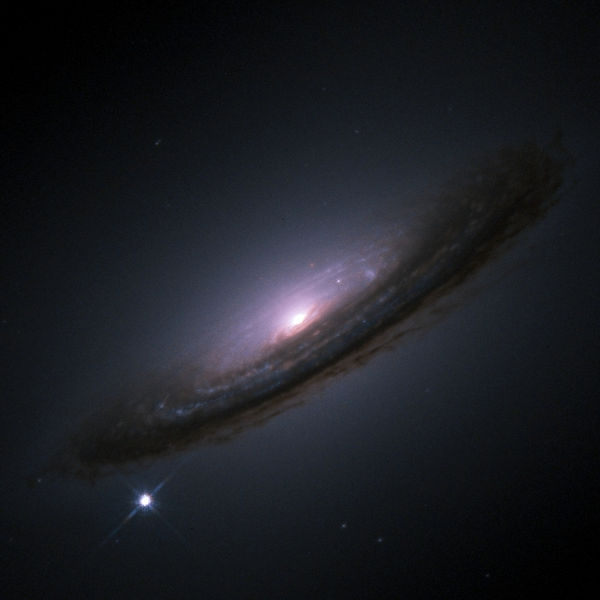Ninety per cent of supernova explosions go unseen by the surveys designed to look for them, a  new study has found.
new study has found.
Supernova explosions occur at the ends of the lives of massive stars. When such a star runs out of fuel its core collapses to form a neutron star or black hole and a massive amount of energy is released. The outer layers of the star are blown off into space.
The resulting light from these blasts can typically be more than a billion times brighter than a typical star, yet many seem to go unnoticed. For example, in our own Milky Way galaxy, there's ample evidence that supernovae occur every 20-30 years, yet none have actually been seen since 1604.
One suggestion to account for this discrepancy is that dust - tiny solid fragments of soot produced by stars and that pervades the space around them - when sufficiently dense can form a literal smokescreen that it is impossible to see through, masking the majority of supernovae.
Writing in the Astrophysical Journal this week, a team led by Seppo Mattila of the University of Turka in Finland develop this idea.
They studied a nearby galaxy called Arp 299 using infrared (IR) telescopes. Infrared passes through dusty smokescreens much more easily than visible light, making it a good tool for probing previously-concealed details of galaxies like Arp 299.
What they found was that massive stars tend to cluster more tightly than Sun-like stars within the most densely-populated parts of galaxies, where interstellar dust is also at its thickest. And because it is these stars that gives rise to supernovae, they too cluster strongly in these regions.
As a result, Mattila's team conclude that between 80 and 90% is the supernovae produced in these regions would have been missed by the traditional surveys. This helps to explain a mystery of why supernovae are so rarely seen, but also means we can begin to better understand the effects that these supernovae have on their surroundings.









Comments
Add a comment